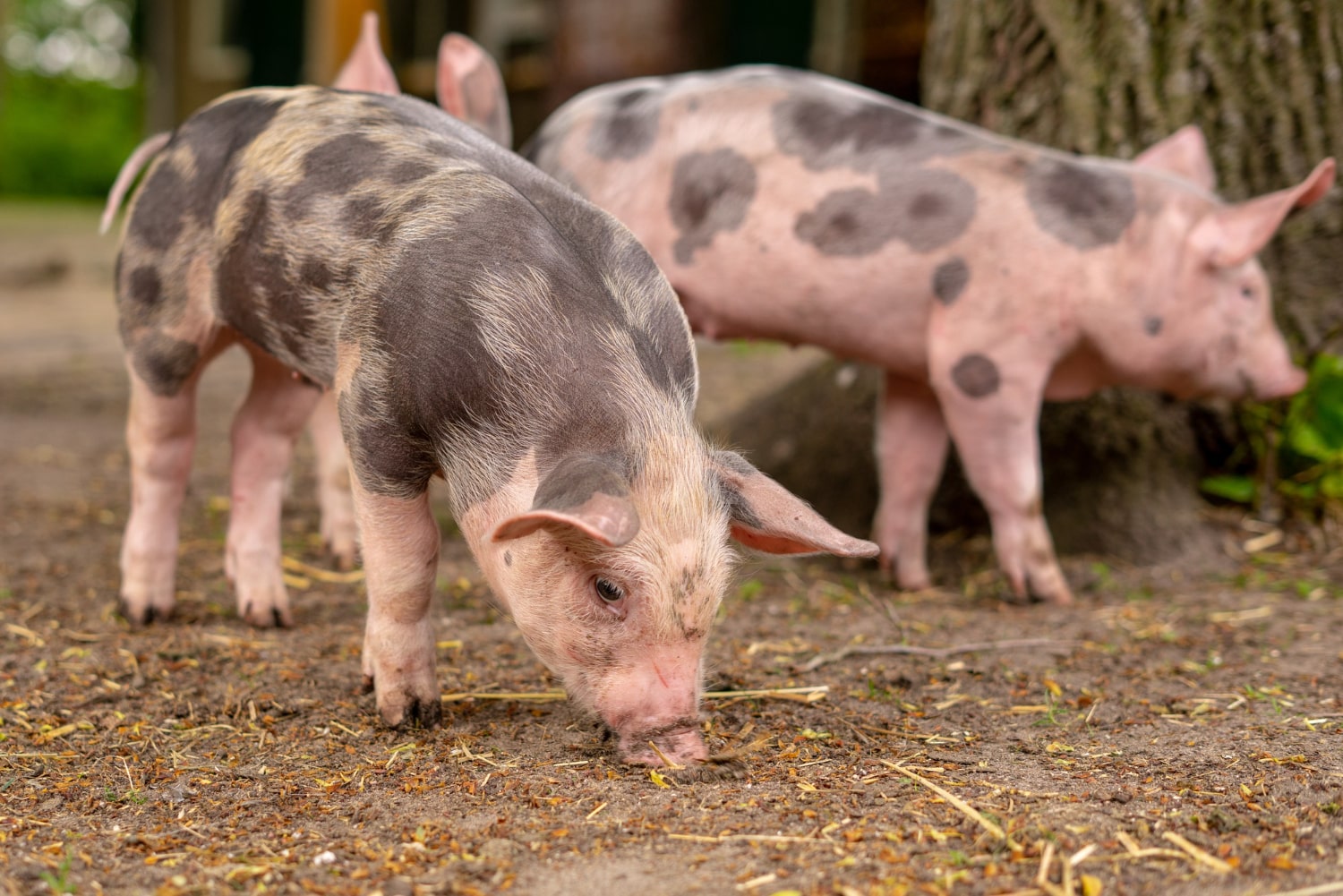
35 interesting facts about pigs
- 👁️ 319
Pigs are farmed livestock, kept for their meat and sometimes their skin, but they also have a long history as companion animals. They are known for their intelligence, ranking close to humans and primates in some cognitive tests. Although they are often seen as symbols of dirtiness due to their enjoyment of mud, pigs are actually quite clean animals. They can be found all over the world, both in the wild and on farms, and come in many breeds and varieties. Here are 35 captivating facts about these intelligent and intriguing animals:
- Pigs are highly social animals and live in groups called sounders.
- They have an excellent sense of smell, with the part of the pig’s brain responsible for smell being about a quarter of its total size.
- Contrary to popular belief, pigs are quite clean animals. They avoid soiling their living areas when they can.
- Pigs are unable to sweat, hence they bathe in mud to cool down.
- They are highly intelligent, often compared to dogs and primates in their cognitive abilities.
- Pigs communicate with a range of different vocalisations, with around 20 calls identified in wild boar.
- The gestation period for a pig is 114 days, or about three months, three weeks, and three days.
- They have been domesticated for thousands of years, with evidence of pig husbandry dating back to 5000 BC.
- Pigs can run at speeds of up to 11 miles per hour.
- They are omnivores, eating a diet of both plants and other animals.
- A fully grown pig can drink up to 14 gallons of water a day.
- A healthy adult pig can weigh between 100 and 770 pounds.
- The largest pig on record weighed over 2,552 pounds.
- Pigs are used in medical research due to physiological similarities with humans.
- In some parts of the world, pigs are used to search for truffles due to their strong sense of smell.
- Pigs have panoramic vision of 310-360 degrees.
- They use grunts to communicate with each other, with different grunts indicating different situations.
- Pigs are one of the oldest forms of livestock, having been domesticated as early as 5000 BC.
- Pigs have been introduced to every continent except Antarctica.
- Female pigs, or sows, are protective mothers and build nests for their young.
- The pig is one of the 12 animals in the Chinese zodiac.
- Pigs are precocial animals, with piglets being relatively mature and mobile from birth.
- They can learn to use mirrors to find food, and can remember where food items are stored.
- There are over 2 billion pigs in the world.
- A pig’s snout is a highly sensitive organ and is used to forage for food.
- Piglets recognise their own names at just two weeks old.
- Pigs can play video games using joysticks, demonstrating their intelligence and adaptability.
- Pigs can learn a remarkable number of tasks quickly, and are able to remember these tasks for years.
- They have been found to dream, much like humans do.
- Pigs can breed quickly, with a sow capable of producing two litters of piglets per year.
- They are able to swim and have been known to cross bodies of water.
- Pigs have a lifespan of between 12 and 20 years in captivity.
- The pig is a symbol of prosperity and fertility in some cultures.
- Pigs are found in many children’s books and cartoons, often portrayed as lovable and friendly.
- Pig skin has similar properties to human skin and is used in some medical procedures such as skin grafts.
Pigs are quite fascinating creatures, demonstrating complex social behaviour and a high level of intelligence. They’re more than just a source of food, they’re interesting animals with unique characteristics that set them apart. Whether they’re foraging for food with their sensitive snouts, communicating with a range of different grunts, or demonstrating their intelligence by manipulating objects, pigs offer us an intriguing insight into the world of animals. Their diverse roles in society, from farming to companionship, and even medical research, highlight their versatility and importance.
Pigs are farmed livestock, kept for their meat and sometimes their skin, but they also have a long history as companion animals. They are known for their intelligence, ranking close to humans and primates in some cognitive tests. Although they are often seen as symbols of dirtiness due to their…